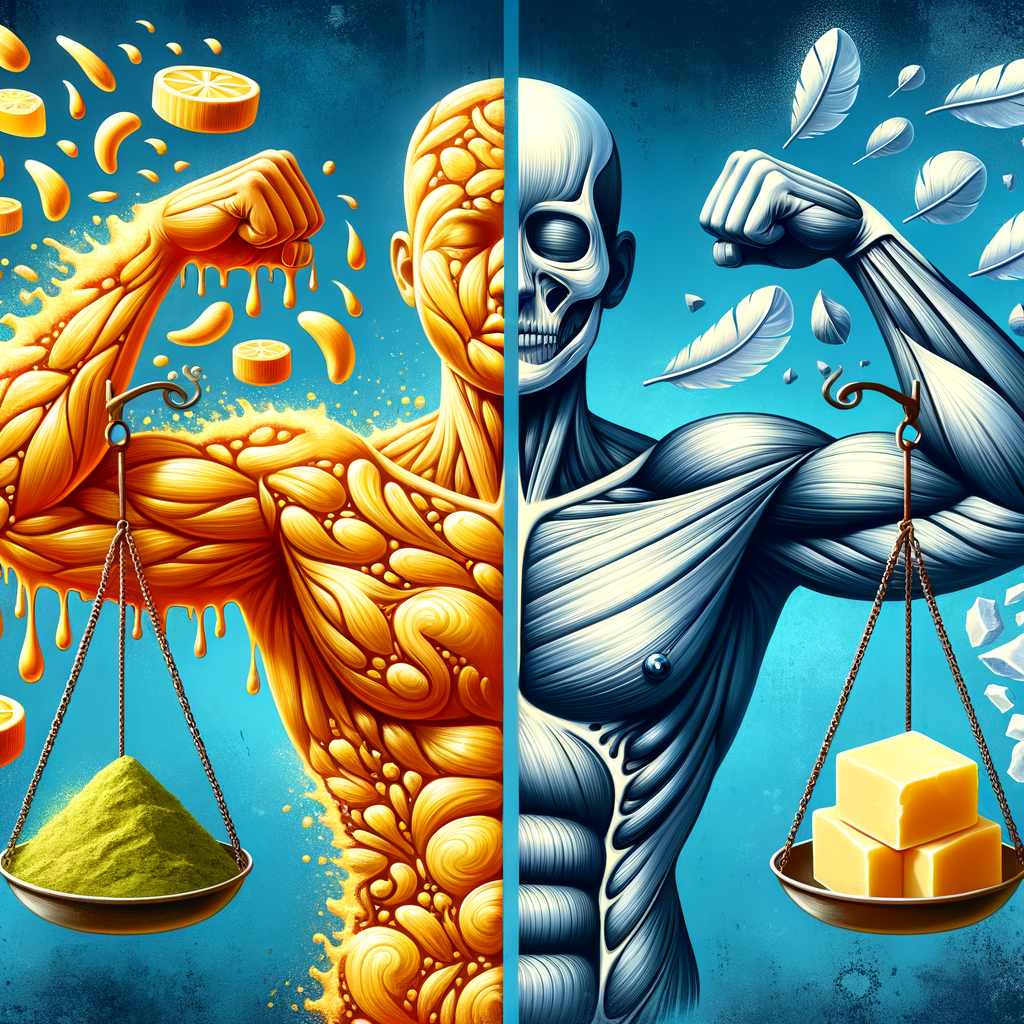Introduction
If you want to lose fat and keep muscle, you need a clear, simple plan. Many people focus on weight loss alone. However, losing muscle makes you weaker and slows your metabolism. Instead, you can trim fat while protecting muscle with smart tweaks.
This article gives proven, effortless strategies to help you lose fat keep muscle. I’ll cover nutrition, training, recovery, and tools you can use. Follow them consistently, and you’ll see steady, lasting progress.
Core Principles: Why You Can Lose Fat and Keep Muscle
First, understand energy balance. To lose fat, you must burn more calories than you eat. Yet, if the calorie cut is too steep, your body breaks down muscle. Therefore, use a mild calorie deficit. This helps you burn fat while preserving lean tissue.
Second, create a stimulus for muscle. Resistance training tells your body to hold onto muscle. Meanwhile, adequate protein supplies the building blocks for repair. Combined, a modest deficit plus strength work lets you lose fat and keep muscle with minimal stress.
Nutrition: The Foundation for Fat Loss and Muscle Retention
Control calories, but stay reasonable. Aim for a 10–20% calorie deficit. For most people, that equals 250–500 kcal per day. This range yields steady weight loss without severe hunger or muscle loss. Also, large deficits raise the risk of losing strength and lean mass.
Prioritize protein above all. Eat 1.6–2.4 grams per kilogram of bodyweight per day. Spread protein evenly across meals, ideally 25–40 grams per serving. High-quality sources like lean meat, fish, dairy, eggs, and legumes work well.
Protein Timing and Food Quality
Even though total protein matters most, meal timing helps. Have protein every 3–4 hours. This approach sustains muscle protein synthesis. Also, include protein soon after strength sessions to speed recovery.
Focus on whole foods for satiety and nutrients. Choose vegetables, fruits, whole grains, and healthy fats. Avoid processed foods high in sugar and empty calories. Meanwhile, hydrate well. Water supports performance and helps control appetite.
Strength Training: Protect Muscle While Burning Fat
Lift weights regularly. Aim for 3–5 sessions per week. Use compound movements like squats, deadlifts, presses, and rows. These exercises recruit many muscles and burn energy efficiently. They also provide a strong signal for muscle preservation.
Train with progressive overload. Gradually increase weight, reps, or sets. Even small progress keeps muscle. Also, vary rep ranges: 6–12 reps for strength and size, 12–20 for endurance. Mix heavy and moderate sessions to stimulate growth and resilience.
Workout Structure and Practical Tips
Use full-body or upper/lower splits for efficiency. Beginners benefit from full-body training three times weekly. More advanced lifters can do four to five sessions. Focus on quality over volume. Maintain good form, and avoid ego lifting. Rest 48–72 hours for muscles worked heavily.
Include accessory work for weaker links. Work on posterior chain, shoulder health, and core strength. These elements improve performance and reduce injury. Finally, track workouts to ensure progress. Even simple notes help you stay consistent.
Cardio: Use It Wisely to Boost Fat Loss
Cardio helps increase calorie burn without sacrificing muscle when used smartly. Prefer low-impact steady-state (LISS) like brisk walking for recovery days. LISS supports daily calorie burn and keeps fatigue low.
Add high-intensity interval training (HIIT) sparingly. HIIT boosts fitness quickly. But it can also increase fatigue and harm recovery if overdone. Limit HIIT to one or two sessions weekly, and keep sessions short — 10–20 minutes of intervals.
Balancing Cardio with Strength Work
Always prioritize strength training over excessive cardio. Otherwise, you risk catabolism and performance loss. Schedule cardio on non-lifting days or after weight sessions. Also, keep total weekly cardio volume moderate to protect muscle.
Use cardio to increase daily step count. Walking 8,000–12,000 steps daily helps burn fat without taxing recovery. Meanwhile, simple habits like stairs or short walks after meals improve health and calorie balance.
Recovery: Sleep, Stress, and Hormones
Sleep plays a huge role in muscle retention. Aim for 7–9 hours nightly. Poor sleep raises hunger hormones and impairs recovery. As a result, sleep loss blunts progress and increases fat storage risk.
Manage stress proactively. High stress raises cortisol, which can encourage fat storage, especially around the midsection. Use breath work, short walks, or hobbies to reduce stress. Simple routines can make a big difference.
Deloading and Rest Days
Include rest and deload weeks in your plan. Every 4–8 weeks, reduce training volume for a week. This step prevents overtraining and supports long-term gains. During deloads, maintain intensity but cut sets and reps.
Use active recovery on rest days. Activities like yoga, mobility work, and light cycling improve blood flow and ease soreness. They also keep you moving without compromising muscle repair.
Supplements: What Helps and What’s Hype
Supplements can support your plan, but they don’t replace food and training. Focus on a few evidence-backed options. Creatine monohydrate improves strength and muscle retention. Take 3–5 grams daily.
Protein powders provide convenient, high-quality protein. Whey and casein work well. Plant-based blends also work when you get enough total protein. Use them to hit daily targets, especially post-workout.
Other Useful Supplements
Caffeine enhances performance and fat loss temporarily. Use it before tough workouts for better effort. Fish oil provides omega-3s for overall health and inflammation control. Vitamin D helps if you’re deficient; test if uncertain.
Avoid fat-loss pills that promise quick results. Many lack strong evidence and cause side effects. Always check with a healthcare provider before starting new supplements, especially if you take medication.
Tracking Progress: Metrics That Matter
Track body composition, not only the scale. Use body measurements, progress photos, and how clothes fit. These metrics show changes that the scale might miss. Also, track strength trends to ensure you maintain or improve performance.
Use a simple weekly check-in system. Weigh in under consistent conditions once per week. Take one progress photo every two weeks. Record lifts in a training log. These habits give clear, objective feedback.
Useful Tracking Tools
Consider tools like a food-tracking app to ensure your calorie and protein targets. Use a smart scale cautiously, since readings vary day to day. Body fat calipers or DEXA scans offer more accuracy. However, choose methods you’ll use consistently.
Common Mistakes to Avoid
Cutting calories too quickly tops the list. Large deficits cause muscle loss and lower energy. Instead, use a modest deficit and measure progress. Likewise, skipping strength training undermines muscle retention.
Relying on cardio alone also fails many people. Cardio without resistance won’t protect muscle. Also, overtraining without enough recovery reverses gains. Finally, neglecting protein intake sabotages muscle preservation.
Simple Checklist to Avoid Mistakes
– Maintain a 10–20% calorie deficit
– Eat 1.6–2.4 g/kg protein daily
– Lift weights 3–5 times per week
– Prioritize sleep and stress control
– Track progress with photos and lifts
Sample Weekly Plan (Table)
Below is a simple, balanced weekly plan that helps you lose fat keep muscle. Adjust volumes and intensities for your experience level.
| Day | Workout | Notes |
|—–|———|——-|
| Monday | Full-body strength | 3 sets x 6–8 reps compound lifts |
| Tuesday | LISS walk 30–45 min | 8,000–10,000 steps total day |
| Wednesday | Upper body strength + HIIT | 20 min intervals after lifting |
| Thursday | Rest or mobility | Yoga or light stretching |
| Friday | Lower body strength | 3–4 sets x 6–10 reps |
| Saturday | Active recovery + walk | Light cycling or hike |
| Sunday | Full-body circuit or optional rest | Keep cardio moderate |
This plan balances strength and cardio while allowing recovery. Increase weight gradually and keep protein high. Adjust sessions based on energy and schedules.
Lifestyle Tweaks That Make This Effortless
Small habits often produce the biggest wins. Prepare meals ahead to hit calorie and protein targets. Use simple recipes that repeat weekly to reduce decision fatigue. Also, keep healthy snacks visible and processed foods out of reach.
Set clear, short-term goals. For example, aim to increase bench press by 5% in eight weeks. Or plan to hit protein targets for seven straight days. These micro-goals keep you motivated and measurable.
Mindset and Consistency
You don’t need perfection. Prioritize consistency over intensity. Minor setbacks are normal. If you miss a workout, move forward the next day. Small wins compound into large results over months.
Reward progress non-food ways. Buy new workout gear, plan a trip, or take a recovery day. These rewards help maintain momentum and build sustainable habits.
Conclusion
To lose fat keep muscle, combine a modest calorie deficit with regular resistance training. Prioritize protein, sleep, and smart cardio. Use small, consistent habits rather than extreme diets and workouts.
Progress won’t always feel fast, but it will be steady. Track your results and adjust when needed. Remember, preserving muscle protects your long-term health and makes future fat loss easier. Stick with the plan, and you’ll reach your goals.
FAQs
1. Can I lose fat and build muscle at the same time?
Yes, especially if you’re new to training or returning after a break. Beginners can experience recomposition. Otherwise, expect slower simultaneous changes. Focus on protein, strength training, and a mild deficit.
2. How fast can I expect to lose fat without losing muscle?
Aim for 0.5–1% bodyweight per week for most people. Slower rates preserve more muscle. Track strength and measurements to confirm you’re keeping muscle.
3. Do I need to lift heavy to keep muscle?
You don’t always need maximal weight. Load that causes progressive overload works. Aim for challenging sets in the 6–12 rep range plus occasional heavier days.
4. How much protein is too much?
Intakes above 2.4 g/kg offer little extra muscle benefit for most. However, higher amounts may suit some athletes. Prioritize whole food sources and spread intake evenly.
5. Should I cut carbs to lose fat?
Not necessarily. Carbs fuel performance and intense training. Instead, reduce calories mainly from added fats and refined carbs while keeping enough carbs for workouts.
6. Will cardio make me lose muscle?
Excessive cardio can contribute to muscle loss, especially in severe calorie deficits. Use moderate cardio and keep strength training your priority.
7. Is intermittent fasting a good approach?
It can work if you hit your calorie and protein targets. Some people find it easier for adherence. Others struggle to consume enough protein in a short window.
8. How long should I follow a deficit before recalculating?
Reassess every 4–6 weeks. If weight loss stalls, reduce calories slightly or increase activity. Also, consider a short refeed week to restore hormones and performance.
9. Are cheat meals bad for muscle retention?
Occasional higher-calorie meals don’t ruin progress if overall targets stay on track. They can help adherence and provide social flexibility. Avoid turning them into frequent binges.
10. When should I use supplements?
Use supplements when they solve a real problem. For example, protein powder for convenience or vitamin D for deficiency. Focus on food and training first.
References
– Schoenfeld, B. J., & Aragon, A. A. (2018). How much protein can the body use in a single meal for muscle-building? Implications for daily distribution of protein intake. Journal of the International Society of Sports Nutrition. https://jissn.biomedcentral.com/articles/10.1186/s12970-018-0215-1
– Helms, E. R., Aragon, A. A., & Fitschen, P. J. (2014). Evidence-based recommendations for natural bodybuilding contest preparation. Journal of the International Society of Sports Nutrition. https://jissn.biomedcentral.com/articles/10.1186/1550-2783-11-20
– Morton, R. W., et al. (2018). A systematic review, meta-analysis and meta-regression of the effect of protein supplementation on resistance training-induced gains in muscle mass and strength. British Journal of Sports Medicine. https://bjsm.bmj.com/content/52/6/376
– Kreider, R. B., et al. (2017). International Society of Sports Nutrition position stand: safety and efficacy of creatine supplementation in exercise, sport, and medicine. Journal of the International Society of Sports Nutrition. https://jissn.biomedcentral.com/articles/10.1186/s12970-017-0173-z
– Peake, J. M., et al. (2017). The effects of acute and chronic exercise on markers of inflammation. Brain, Behavior, and Immunity. https://www.sciencedirect.com/science/article/pii/S0889159116302010
(Links lead to open-access summaries or journal pages. Consult a healthcare professional for personal advice.)



